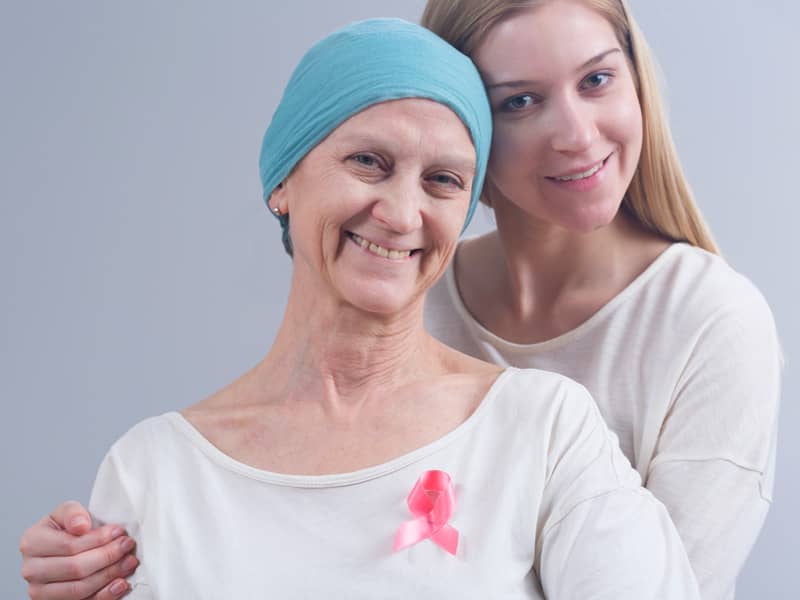
“Research shows that, all too often, women are delaying going to their doctor with symptoms of breast cancer. This could be because people are simply unaware that breast cancer can present in many different ways, not just through the presence of a lump,” Dr. Karen Kennedy, of the UK’s National Cancer Research Institute, says.
For many the first sign of breast cancer is a lump in the breast. However, there are many other warning signs of the disease that most people are unaware of. Symptoms can vary widely from small changes in the skin to large lumps under the armpit. These are all signs we should discuss and be aware of so that breast cancer can be caught early. Here are warning signs that will help you to be proactive about your breast health.
Nipple Discharge
If liquid begins to come out of the nipple without squeezing it, it is important to go get checked by a doctor. The secretion of unusual discharge, such as blood or pus, from the nipple could suggest that cancer cells are lining the ducts behind the nipple.
Swelling Around the Armpit or Collarbone
When performing monthly breast exams, it’s important to be thorough and check all the surrounding areas as well. Lumps are the most common sign of breast cancer; however they don’t always appear on the breast. Breast tissue can be found under the armpits and up to the collar bone. Sometimes, a lump under the arm can be more noticeable than in the breast. Swelling itself in these areas could indicate a lump in the lymph glands.
Change in Skin Texture
Puckering and dimpling both could be indicators of something more serious going on. Puckering of the skin on your breast could suggest a lump inside the breast. This causes the ligaments in the breast to shorten which pulls the tissue and skin inwards, resulting in a puckered or dented appearance. Dimpling of the skin suggests that the lymph vessels, tiny channels in the breast which help get rid of waste products in the body, have become blocked. The skin may appear to look like an orange peel because it causes the skin to become inflamed and swollen, causing large areas to develop little dimples. This could be a sign of a specific type of breast cancer known as inflammatory breast cancer. Thickening of the breast tissue is also an indicator of this type of cancer.
Consistent Pain
A number of things could explain breast pain, such as a change in hormone level or a poor fitting bra. However pain in the breast or armpit that will not go away after a reasonable amount of time is worth mentioning to your doctor. People typically report a dull ache that will not go away.
Change in Nipple Shape
If you were not already born with an inverted nipple, but suddenly begin to develop one which can’t be drawn out, it may be an indicator of a lump behind the nipple. In addition, if the nipple begins to change its positon or shape without reason it might be a sign. Everyone’s breasts are different, so ask a doctor if you are concerned about a change.
Redness or Rash
While this is a very rare sign of breast cancer, it’s still important to note. In a small number of cases these symptoms are linked to Paget’s disease, which is linked to breast cancer. The cause of Paget’s disease is unknown, but it causes an eczema-like itchy, red rash on the nipple or surrounding area. This would be something that is an ongoing issue without any other suspected cause. Before you panic remember that a rash on the breast could also be triggered by an itchy new bra or change in laundry detergent.
Other Symptoms
It is also important to note that bone pain, nausea, loss of appetite or weight loss, shortness of breath and coughing, headaches, double vision and muscle weakness are also all signs of breast cancer, especially when they are accompanied by changes in the breast. Overall feelings of illness could be a symptom of something more serious, so if these symptoms do not go away speak with your doctor.
Breasts come in all shapes and sizes, and only you know what is normal or unusual for your body. If something about your breasts change, take note and let your doctor know. These could be early signs of breast cancer you want to be cautious of.

